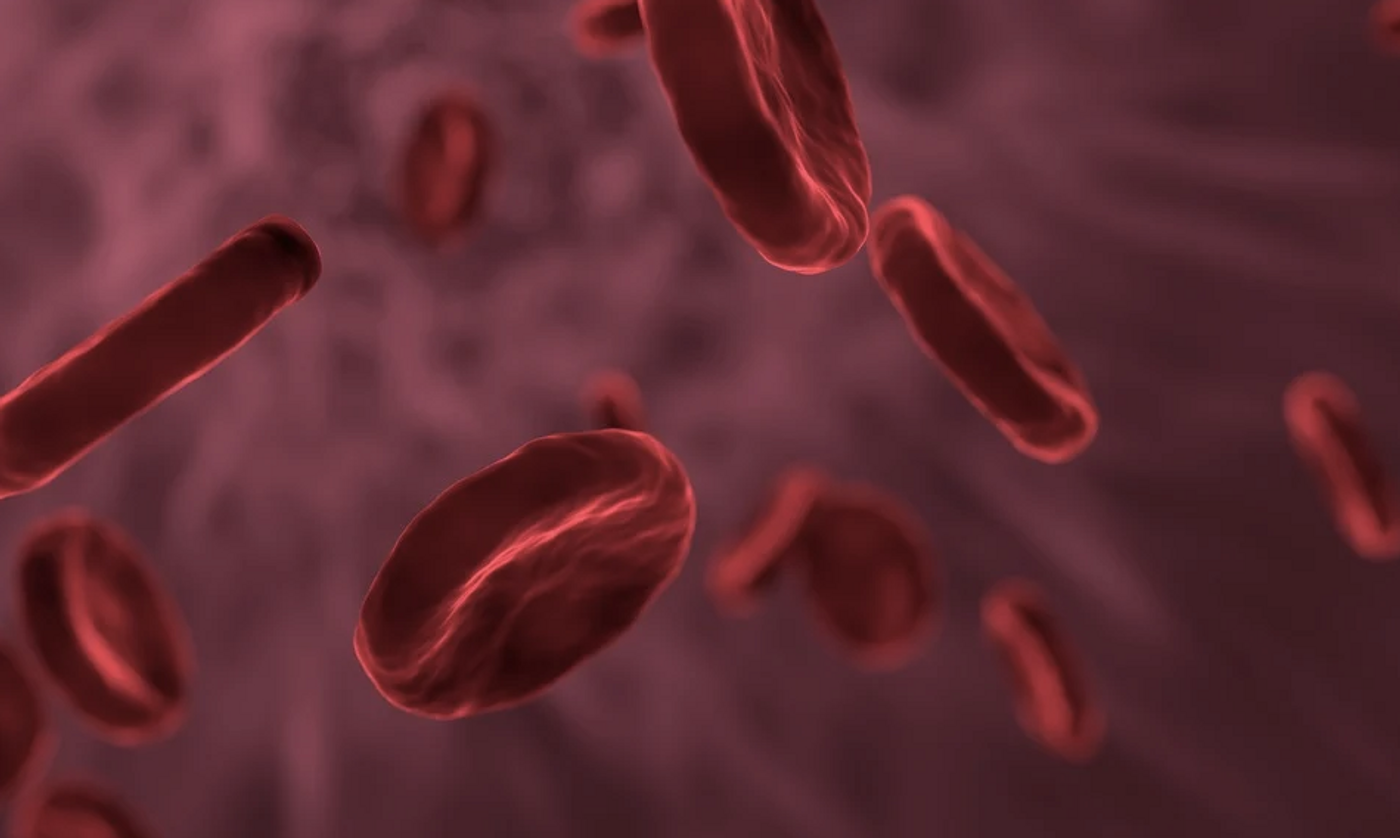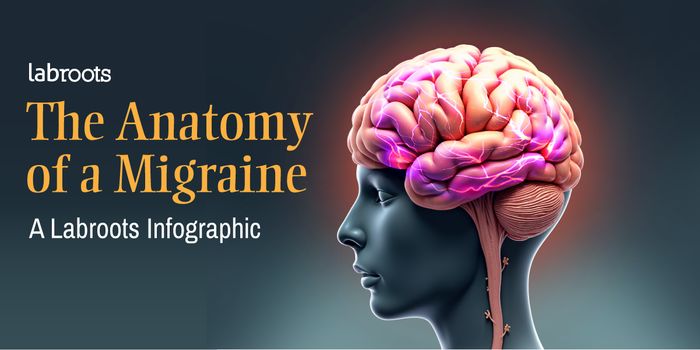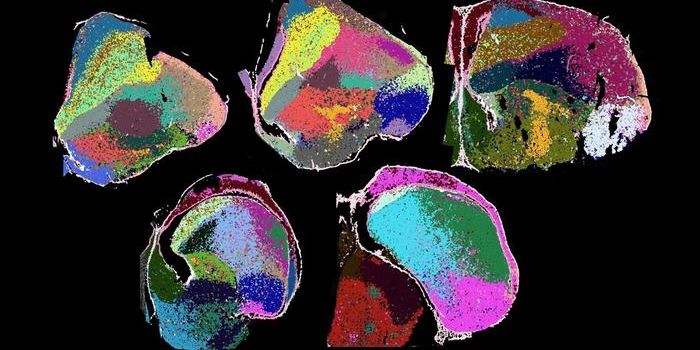One Sequence Produced a Multitude of Hemoglobin Genes
Scientists can learn more about genes and their functions by assessing them in different organisms. This kind of genetic analysis also provides insights into evolution. Scientists have now learned more about the evolution of the hemoglobin gene, which encodes for a protein that transports oxygen in the blood. Reporting in BMC Evolutionary Biology, the researchers determined that although the hemoglobin gene has appeared independently in a variety of animals, all of these genes trace back to a single common ancestor.
Hemoglobin transports oxygen in the circulatory systems of vertebrates as well as mollusks, crustaceans, and worms called annelids. Since diverse species all carry their own hemoglobin genes, it was assumed that nature produced these animals' hemoglobin genes on different occasions several times; this study suggests that's not the case.
This research utilized the marine worm Platynereis dumerilii, which is known for evolving slowly. That's because its genomic characteristics are similar to an animal called Urbilateria, which is thought to be a marine ancestor of many animals. It is the last common ancestor of all animals that display left-right symmetry and complexity in their organs.
Hemoglobins are part of a group of loosely related proteins, the globin superfamily of a-helical proteins that bind heme, which are found in almost all animals that use gases like oxygen or nitric oxide. Globins do not circulate in the blood like hemoglobins, however; they act in cells. This research suggested that in every species that has red blood, the same, original 'cytoglobin' gene evolved to become a gene that produced what we know as hemoglobin. Early versions of hemoglobin could have been better at transporting oxygen, which may have made certain species larger or more active.
In this study, the researchers compared the genetic sequence of the hemoglobin gene in Platynereis to many other species that have red blood. Hemoglobin is what gives blood its red tint. But this research suggests that globin genes evolved "pre-blood" in the Urbilateria organism, and these genes are still carried by Platynereis.
Sources: AAAS/Eurekalert! via The French National Centre for Scientific Research (CNRS), BMC Evolutionary Biology









